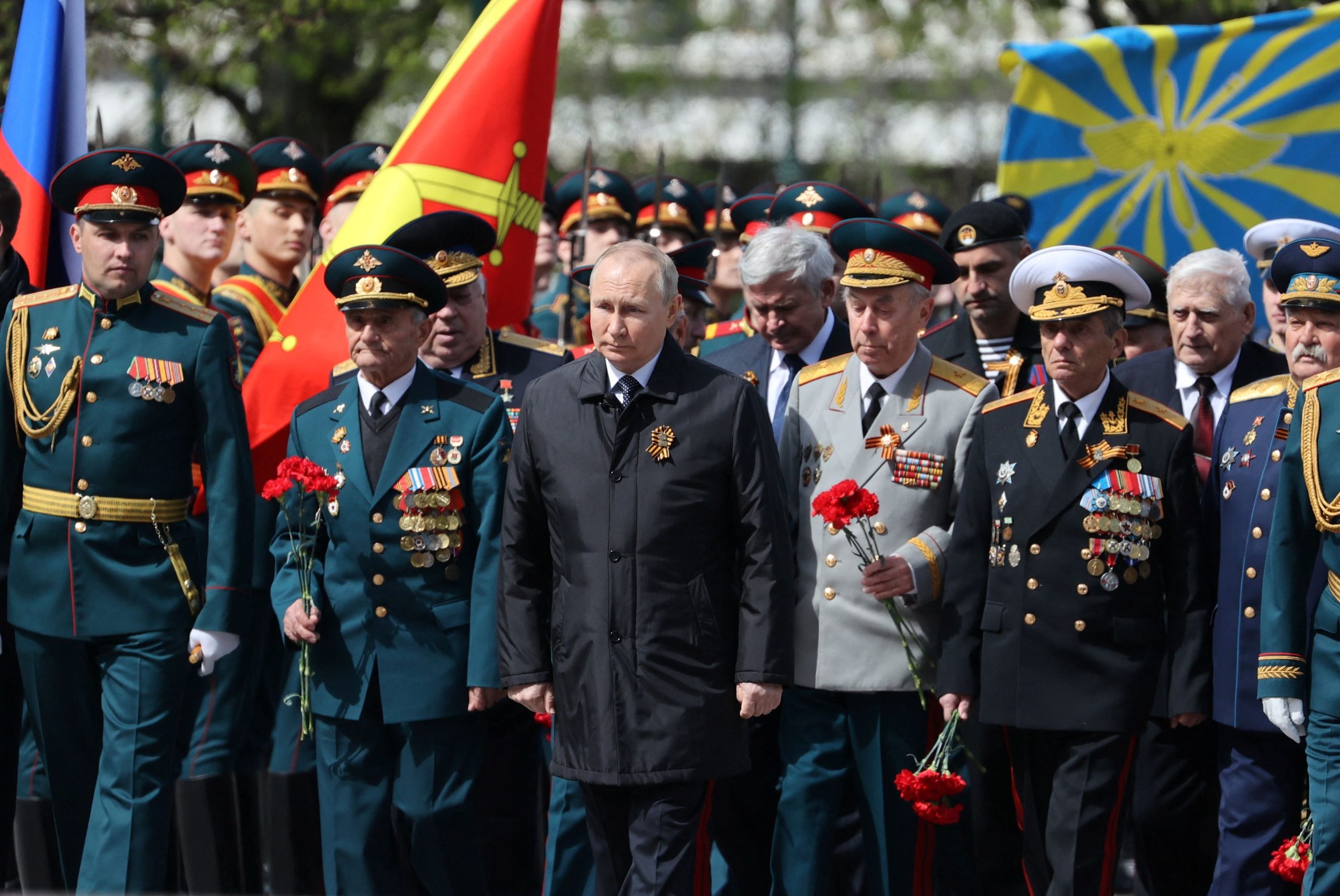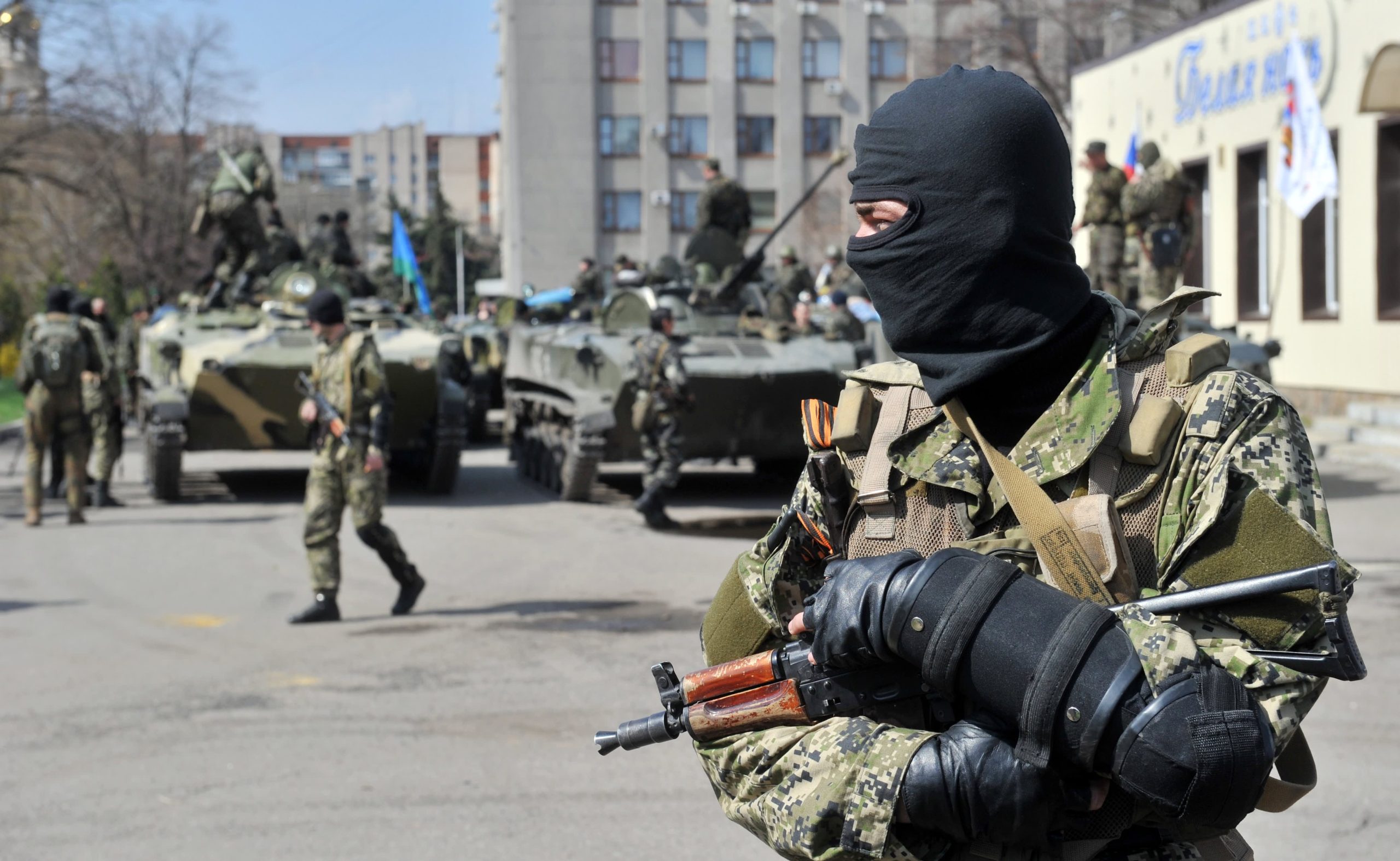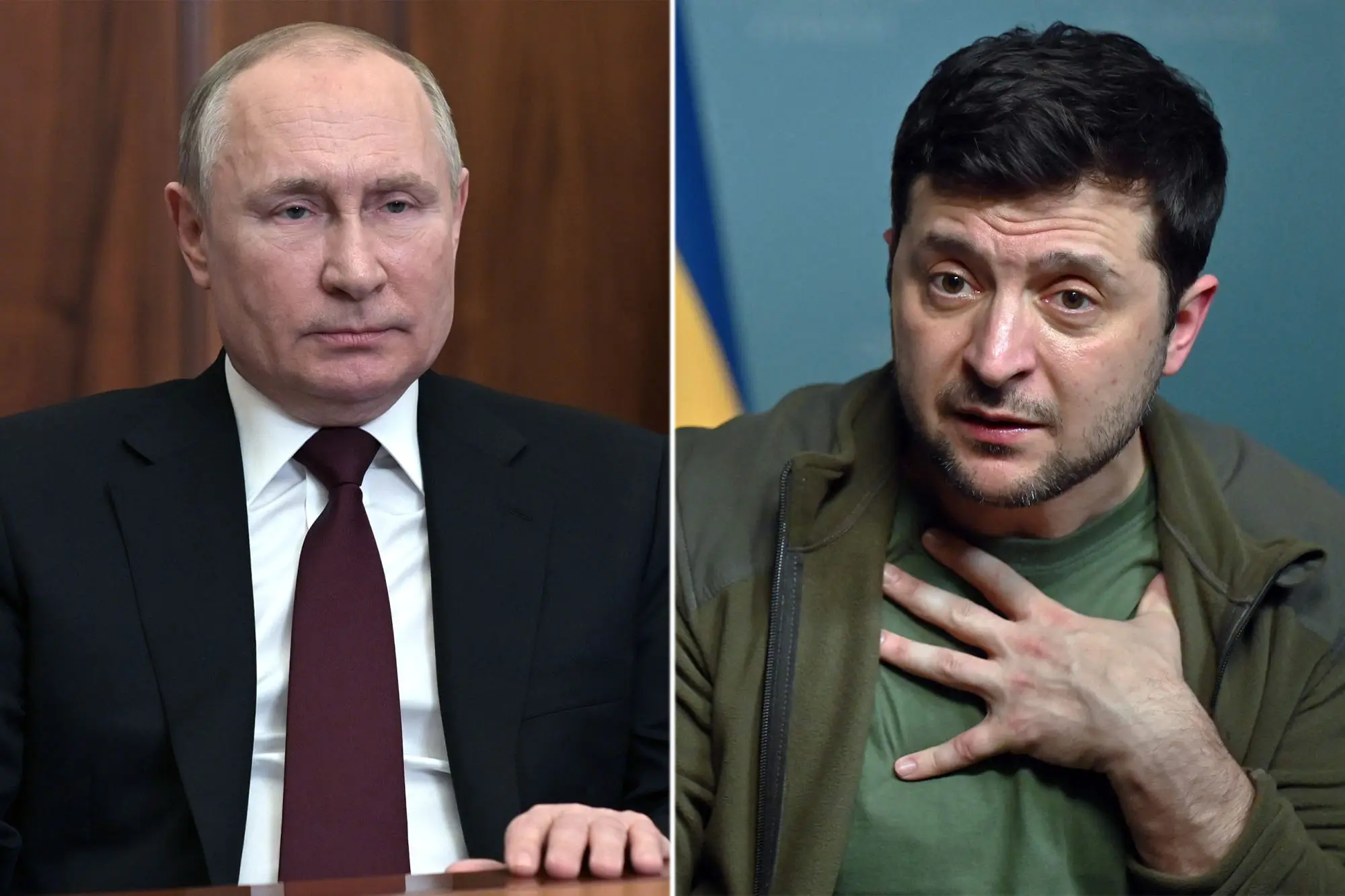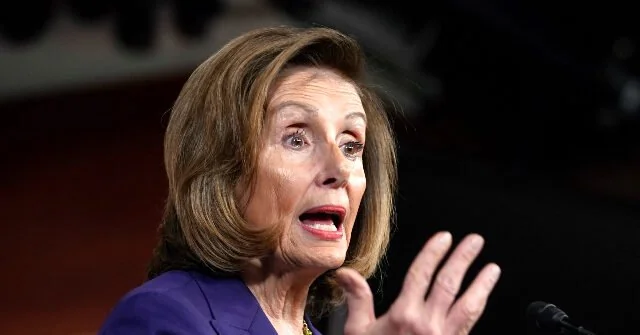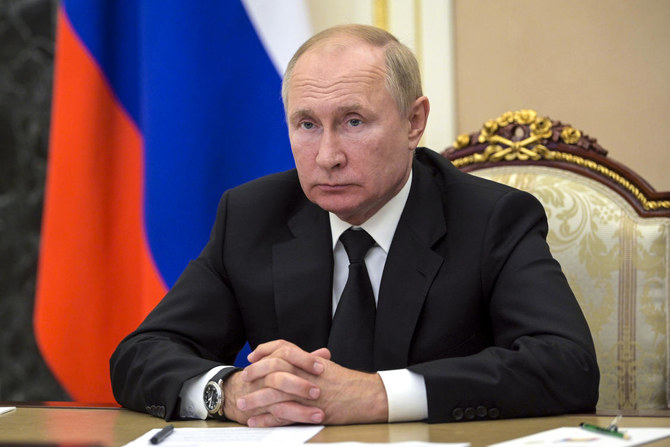The New York Times reports that President Putin appears to have floated the idea of putting an end to the crisis in Ukraine. According to American officials, comparable signals were observed approximately one year prior, in the fall of 2022, as reported by The Times.
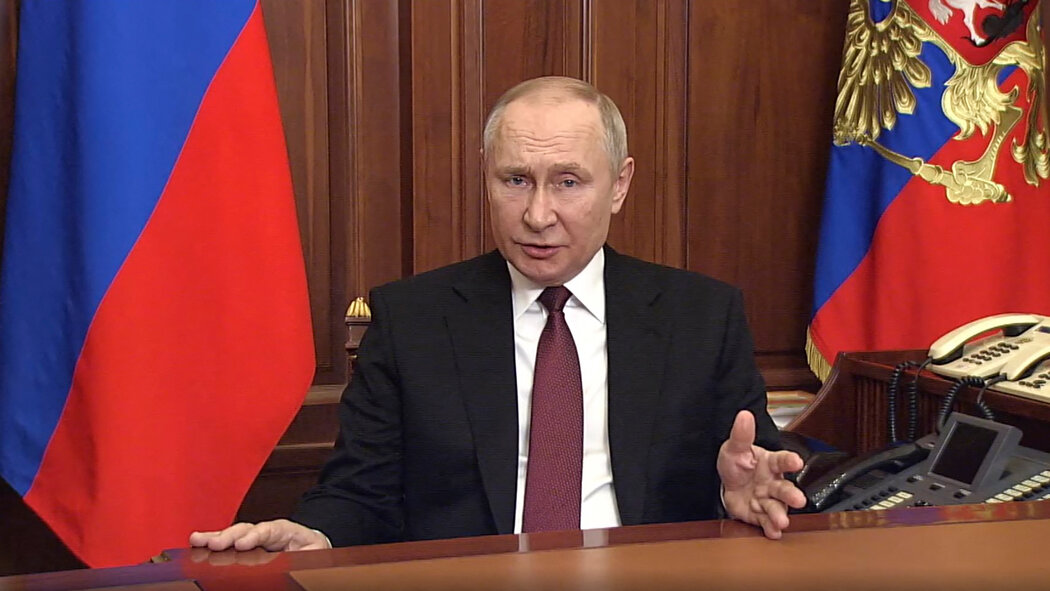
Parsing Putin’s Signals: Examining the Diplomatic Landscape Amidst Ukraine Conflict
In response to these reports, Dmitri S. Peskov, Putin’s spokesperson, stated that the concepts put forth were logically incorrect. Regarding the potential for a truce along the present lines of conflict, Peskov cited recent remarks made by Putin. Putin is willing to have conversations, he underlined, but they must be directed toward accomplishing Russia’s objectives.
President Joe Biden has asked Republicans for more military support for Ukraine, expressing concerns about the risk of Russia winning over Ukraine and potentially posing a threat to NATO allies. Biden warned that such a situation could involve U.S. troops in a conflict. However, Senate Republicans recently blocked legislation proposed by Democrats, seeking significant funds for security assistance to Ukraine and Israel, among other global priorities. The Republicans emphasized the need to emphasize a stricter border policy.
It’s worth noting that The New York Times reported Putin’s signals hinting at a possible end to the Ukraine conflict. This information suggests a potential change in Russia’s approach, raising questions about the motivations behind such signals. Putin’s spokesperson, Peskov, disputed the reports, adding complexity to the situation as the diplomatic landscape remains uncertain.
READ ALSO: President Vladimir Putin Addresses Rising Tensions: Russia Downs Ukrainian Drones As Border Security Talks Progress Amidst EU Aid Debate
Navigating Complex Priorities: Military Aid, Border Security, and Global Ramifications
The debate over providing military aid to Ukraine continues, with President Biden highlighting the strategic importance of supporting Ukraine to prevent Russian aggression. However, the recent blockade of legislation by Senate Republicans highlights a division in priorities, with border security taking precedence for some lawmakers. The global implications of these decisions are significant, affecting not only the ongoing conflict but also broader international relationships and alliances.
The conflicting narratives from Putin’s administration and American officials contribute to the complexity of understanding the situation in Ukraine. The dynamics of diplomatic negotiations and the willingness of parties to engage in meaningful dialogue will play a crucial role in determining the future course of events. As the U.S. government grapples with its approach to the conflict, the international community watches closely, hoping for a resolution that ensures stability and peace in the region.
In summary, the reported signals from Putin about a potential end to the Ukraine conflict add intrigue to the ongoing geopolitical scenario. The response from Putin’s spokesperson introduces ambiguity, emphasizing the complexity of diplomatic relations. The domestic debate in the U.S. over military aid further complicates the situation, reflecting divergent priorities among lawmakers. The path forward remains uncertain, with the international community closely monitoring developments and hoping for a peaceful resolution to the conflict in Ukraine.
